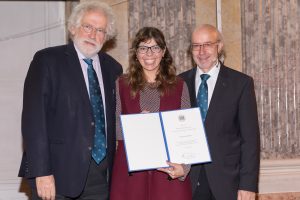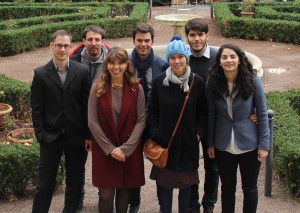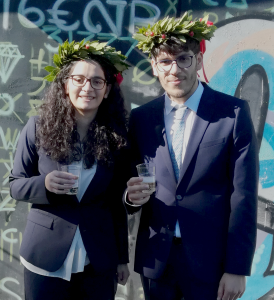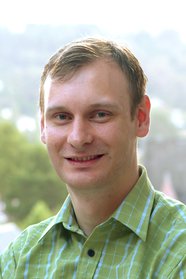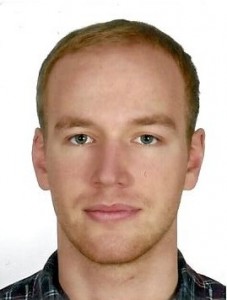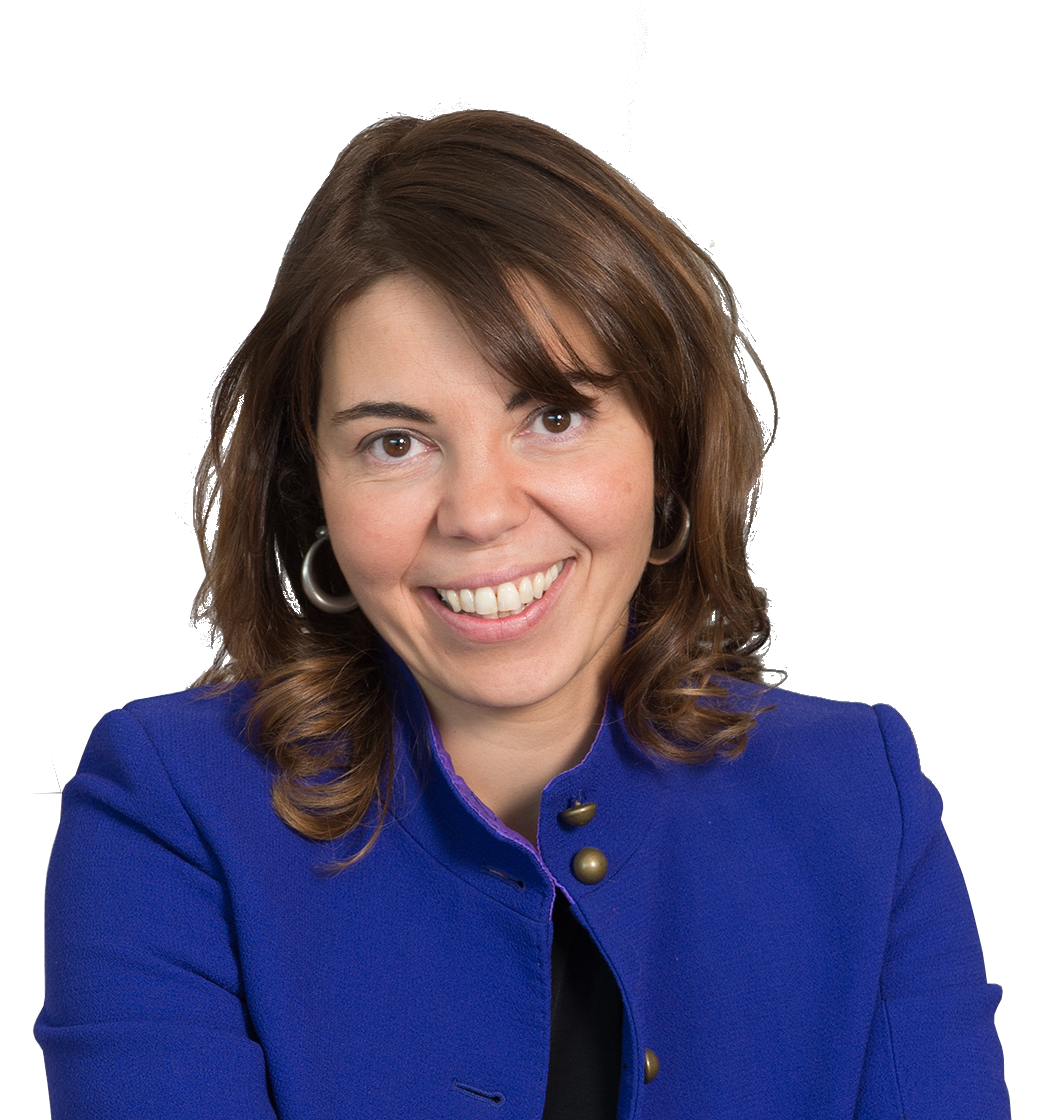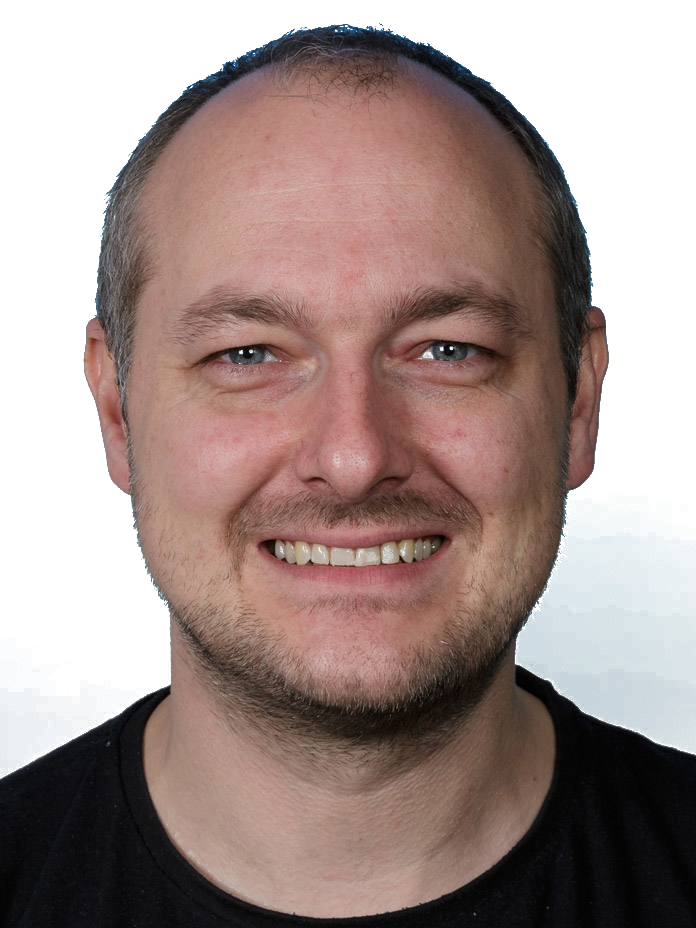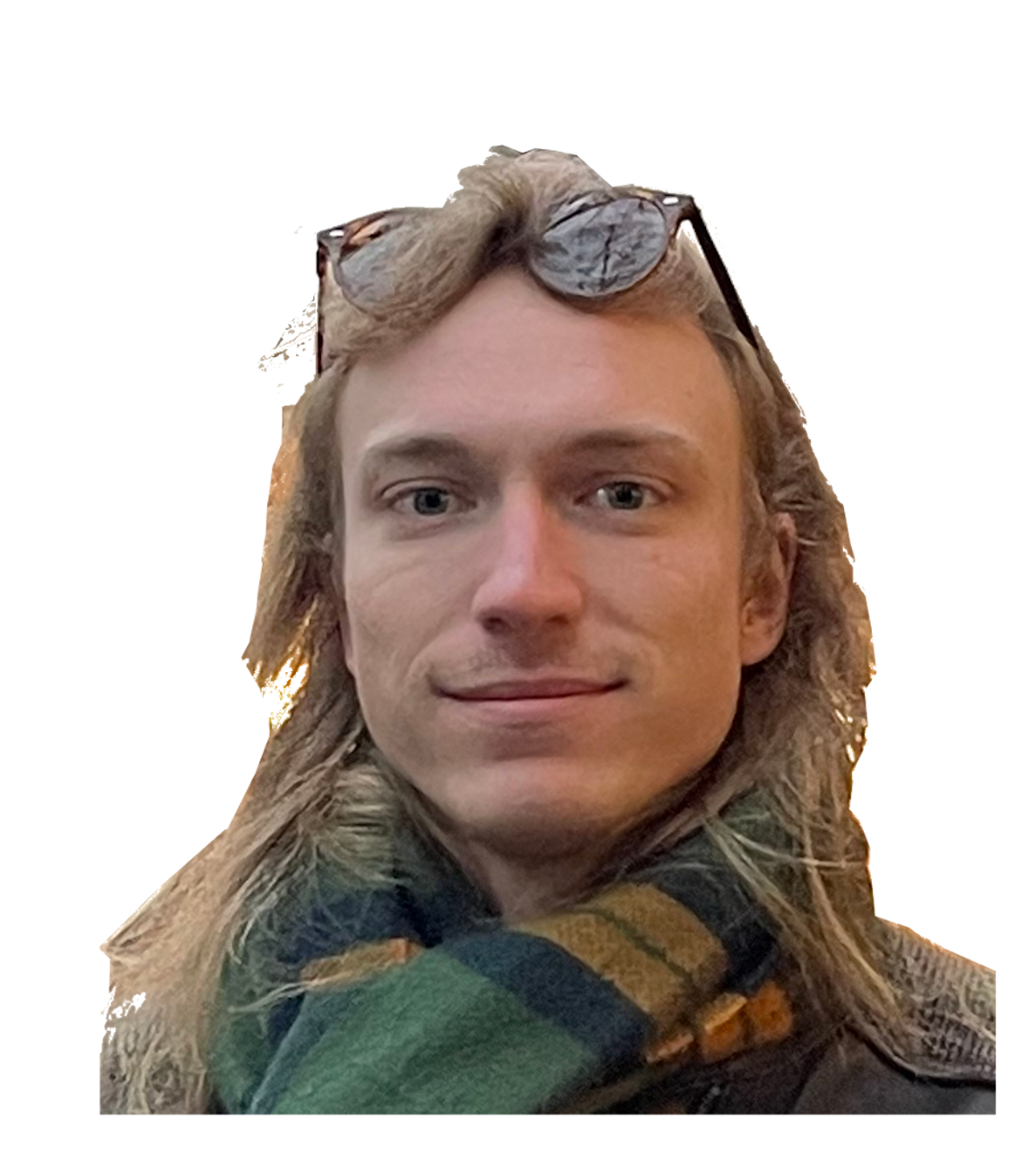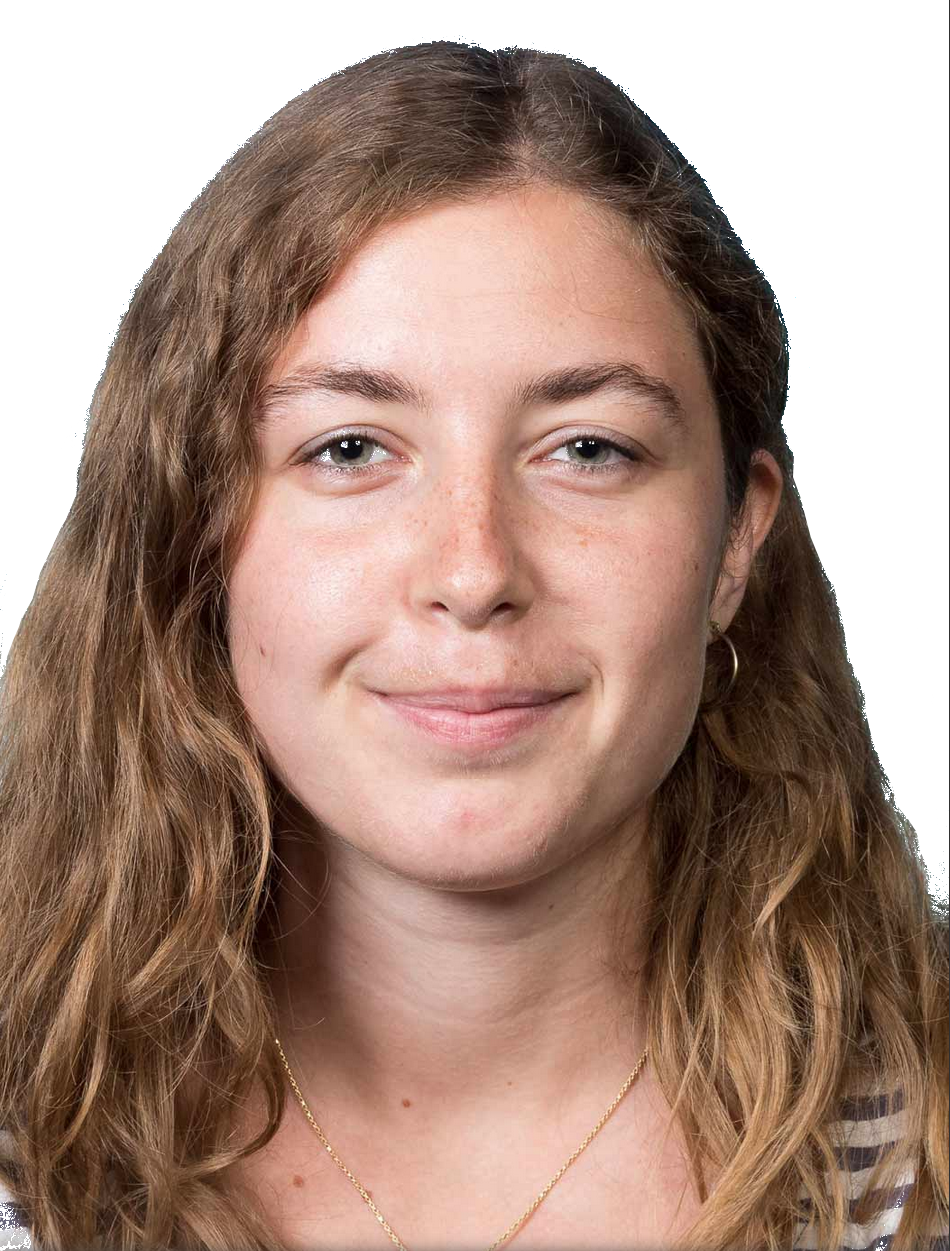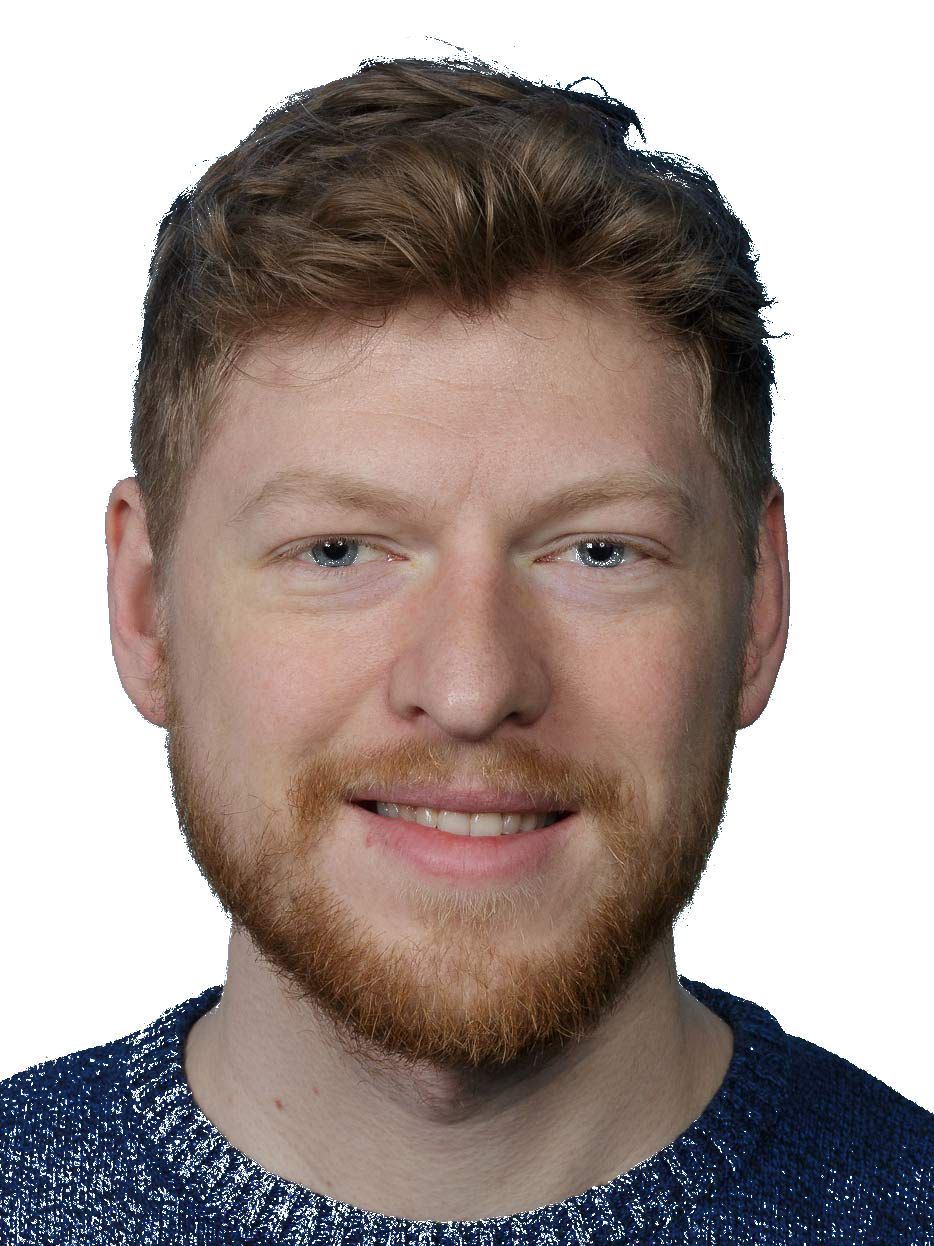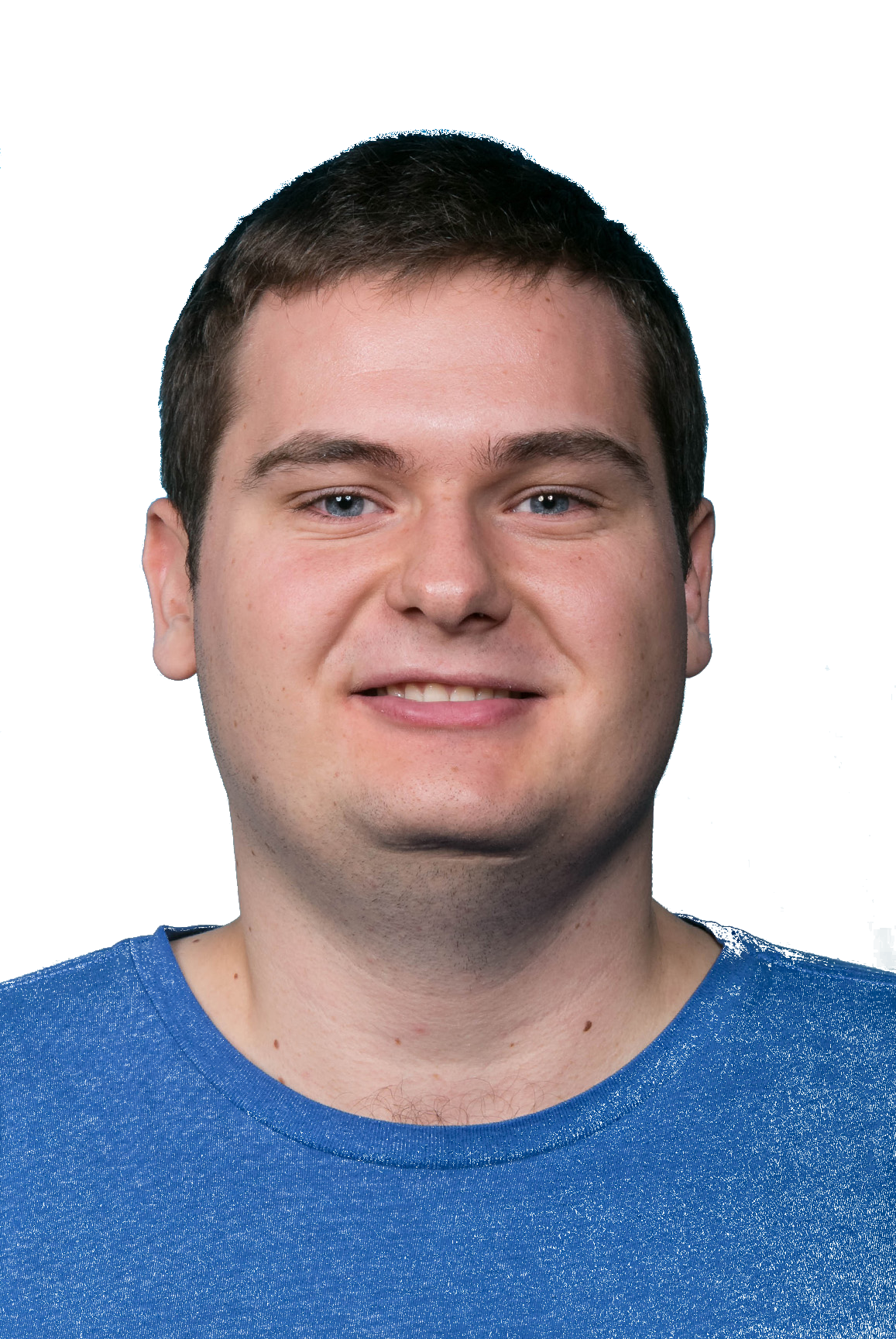The Er-Dy LAB focuses on many-body quantum phenomena in a dipolar quantum mixture of two highly magnetic lanthanides, Erbium and Dysprosium.
The designing process of the experimental apparatus started in late 2014 and several concepts have been developed in collaboration with our ERBIUM Team and the Er-Team at Harvard University led by Markus Greiner.
Er-Dy mixtures
In 2018, we produced the first quantum degenerate dipolar mixture of Erbium and Dysprosium!!
This two rare-earth species are highly magnetic with a magnetic moment of 7µB and 10µB for Er and Dy respectively. A crucial aspect is that the have very similar atomic properties such as melting point, mass and the optical spectrum. The Er-Dy LAB is able to either operate on a single species (Er or Dy) or to produce dipolar imbalanced Bose-Bose, Bose-Fermi and Fermi-Fermi Er-Dy mixtures.
A microscope for dipolar atoms
A quantum gas microscope is an optical system that allows to image single atoms in an optical lattice in situ. This conceptually simple, yet technologically demanding technique makes it possible to directly study the interactions between atoms in periodic potentials, a scenario which is only possible to simulate numerically for very limited system sizes. In contrast to other groups, we are aiming to realize such a microscope with atoms featuring a large, permanent magnetic dipole moment. The inter-atomic dipole-dipole interaction adds a new term to the Hamiltonian describing the ensemble, and therefore allows to investigate a whole new class of quantum systems. The behavior of the system will critically depend on the interplay between the different interaction terms, whose magnitude and direction dependence may be tuned experimentally over a wide range. Thus, a large variety of interesting quantum systems can be simulated and investigated.
A full list of the Er-Dy Lab Publications can be found here
Interested in joining us? Check out here.
Lab news
![]()
After two months of holidays and travelling, Claudia Politi and Gabriele Natale came back to Innsbruck to start their PhD studies in the RARE and ERBIUM experiment. Welcome back!
Keep Reading ...
Francesca recieved the Erwin-Schrödiger-Prize from the Austrian Academy of Science (ÖAW)! This annual award is the most prestigeous ÖAW prize for mathematical and natural science and it is given to exceptional researchers working in Austria. Next to Prof. Peter Zoller (1998) and Prof. Rainer Blatt (2006), the award is now
Keep Reading ...
This week quantum physicist Francesca Ferlaino will receive the Antonio Feltrinelli Giovani Prize in physics. This is the first time the prize, valued at 50,000 Euro, will be awarded to young scientists. It recognizes the achievements of Italian scholars under the age of 40 who have achieved results of outstanding
Keep Reading ...
Claudia and Gabriele succesfully defended their master theses in Pisa and recieved their master's degrees from the University of Pisa. Congratulations to both of you and enjoy your vacation, before you two will start again in our group in January!
Keep Reading ...
From June until August Blair Blakie, Professor at the University of Otago NZ, is visiting our group here in Innsbruck to work with us on various topics of dipolar quantum gases. Regarding his wide-spread knowledge from optical lattices, rotons, droplets, spinor condensates, mixtures,... we are looking forward to a productive
Keep Reading ...
This week, Maximilian Sohmen started as a PhD student in the Rare lab. He recieved his masters degree from the university of Heidelberg under supervision of Matthias Weidemüller. For his master thesis, he moved for a full year to Cambrige to join the Group of Zoran Hadzibabic to work on
Keep Reading ...
Lab Team
Francesca Ferlaino, Univ.-Prof. Dr.
Group Leader / PI
Manfred Mark, Dr.
Senior Scientist / Research Assistant
Andrea Litvinov, Dr.
Post Doc
Eva Casotti, MSc.
PhD Student (Er-Dy)
Lauritz Klaus, MSc.
PhD Student (Er-Dy)
Clemens Ulm, MSc.
PhD Student (Er-Dy)










